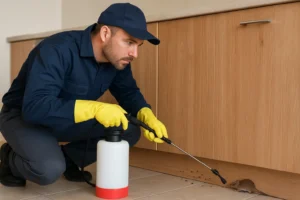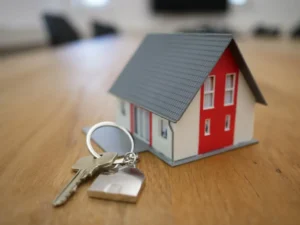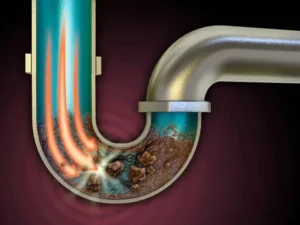Disclaimer: This article is intended for informational purposes only and does not constitute professional advice. Property managers should consult licensed pest control specialists or relevant local authorities for guidance specific to their property or situation. The author and publisher are not responsible for any actions taken based on the information provided.
Infestations can escalate quickly in commercial and residential properties. A single pest report can turn into a costly problem if it is not handled efficiently. Property managers face the challenge of maintaining safe, clean, and inviting spaces while preventing damage from rodents, insects, or other pests. Understanding the warning signs and prevention strategies is crucial for avoiding disruptions to tenants and operational budgets.
Early intervention often requires professional expertise. Hiring a commercial exterminator helps identify hidden infestations and provides tailored treatment plans. Professionals can spot subtle signs that might go unnoticed, preventing minor issues from becoming serious. This step also ensures that pest control methods meet safety standards while protecting property assets.
Common Types of Property Infestations
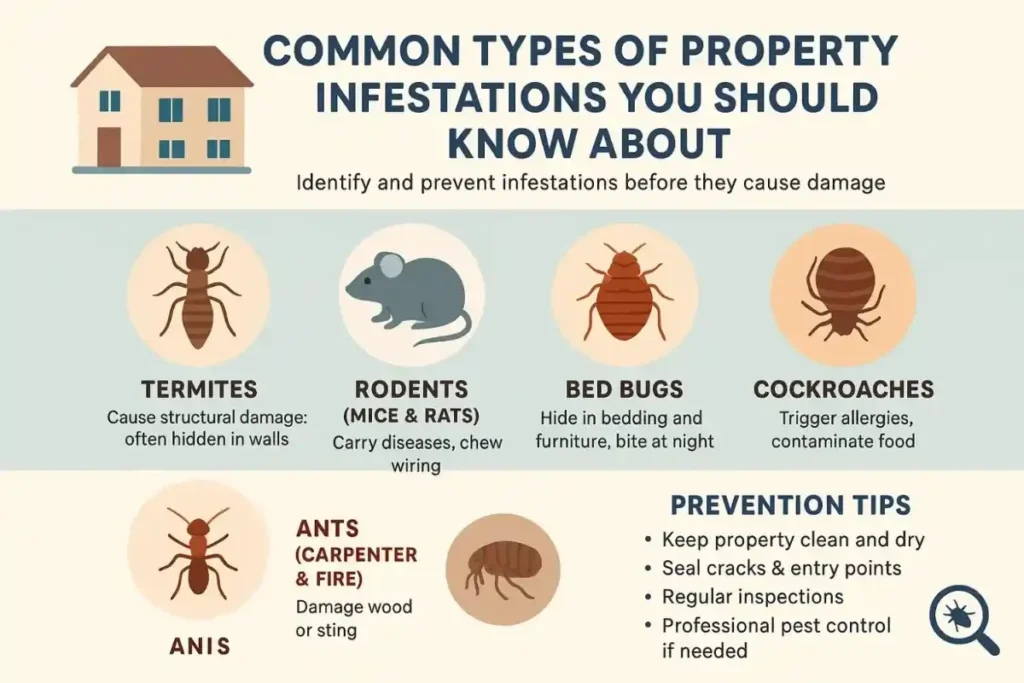
Pests vary by location and property type. Cockroaches and ants are commonly found in food areas or shared kitchens. Rodents, such as rats and mice, invade spaces with easy access to food or shelter. Bed bugs present a serious problem in multi-unit buildings. Termites can damage structural wood, resulting in costly repairs. Identifying these pests early helps prevent widespread damage and ensures tenant satisfaction. In one study of residents, awareness of pests was approximately 70.8% for cockroaches, 55.3% for bed bugs, and 56.8% for house mice, highlighting the common presence and recognition of these pests in residential settings.
Signs of Rodents
- Gnaw marks on furniture or wires.
- Droppings in corners or behind appliances
- Scratching or scurrying noises at night
Signs of Insects
- Swarms of small insects around light sources
- Visible nests in hidden spaces
- Bites or irritation reported by occupants
Early detection allows action before pests multiply. Regular inspections reduce the chances of hidden infestations developing into serious issues.
The Role of Sanitation
Maintaining a clean property prevents infestations. Trash should be removed regularly and stored in sealed containers. Food areas require daily cleaning, especially floors and countertops. Leaks or standing water attract pests such as cockroaches and mosquitoes. Ventilation and humidity control help prevent mold and mildew, which can attract insects.
How a Commercial Exterminator Can Help
Hiring a commercial pest control service is a strategic move for large properties. Professionals provide a thorough site assessment and identify current or potential infestations. They also recommend tailored treatment plans for each pest type. Routine inspections by an exterminator reduce risks and minimize long-term costs. Collaboration with a licensed exterminator ensures compliance with health and safety standards. This partnership protects property value and tenant trust while addressing problems before they escalate.
Prevention Techniques Every Manager Should Implement
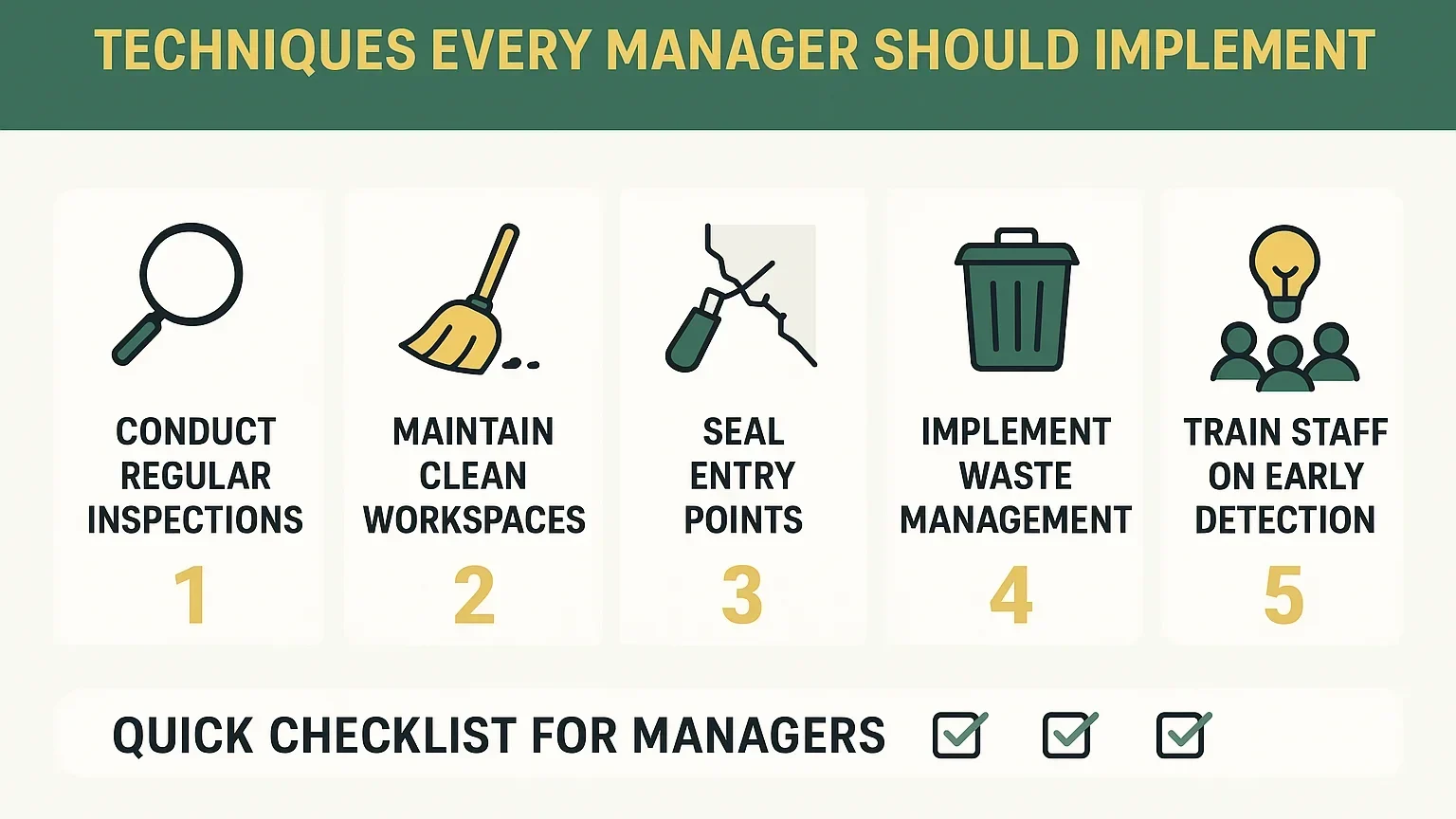
Preventing infestations requires a combination of vigilance and proactive measures. Sealing entry points prevents rodents and insects from gaining access. Weatherstripping doors and repairing cracks in walls or foundations reduces vulnerability. Landscaping should maintain clear areas around buildings. Trees, bushes, or debris too close to walls provide hiding spots for pests. Pest-resistant materials in construction or renovations offer long-term protection.
Structural Adjustments
- Install door sweeps to block gaps.
- Use metal mesh in vents and drains.
- Repair damaged roofing and siding.
Tenant Guidelines
- Provide clear instructions for waste disposal.
- Encourage reporting of leaks or pest sightings.
- Educate tenants on safe food and personal item storage.s
Cost Implications of Infestations
Infestations can lead to financial strain on properties. Repairing structural damage from termites or rodents can be expensive. Tenant complaints may result in temporary vacancies and reduced revenue. Cleaning and replacing contaminated areas increases operational costs. Investing in prevention measures and professional pest control saves money over time. It also protects the property’s reputation, which directly affects leasing potential.
Emergency Response Strategies
Immediate action is essential when infestations occur. Isolate affected areas to prevent pests from spreading. Document sightings and evidence such as droppings or damage. Contact a licensed pest control provider quickly for an effective response. Communicate with tenants regarding safety measures and the steps being taken. Swift intervention minimizes disruption and restores tenant confidence in the property management team.
Regulatory and Health Considerations
Properties must comply with local health and safety regulations regarding pest control. Certain pests carry diseases that pose risks to occupants. Food establishments have stricter requirements for cleanliness and inspections. Failing to address infestations can result in fines or legal action. Proper documentation and professional handling demonstrate compliance and responsibility.
Long-Term Management Plans
Creating a long-term pest management plan improves overall property maintenance. Schedule regular inspections, even during low-risk seasons. Maintain detailed records of treatments and inspections. Review and update prevention techniques based on seasonal pest patterns. Partnering with a professional exterminator team ensures professional guidance and access to the latest control methods. Consistency is key to avoiding recurring problems.
Tips for Long-Term Success
- Implement routine visual inspections every quarter.
- Maintain landscape and structural upkeep.
- Train maintenance staff in basic pest recognition.
- Review tenant complaints and identify recurring issue patterns.
Infestations pose a serious challenge for property managers, affecting tenant satisfaction, property value, and operational costs. Understanding the types of pests, their signs, and their life cycles allows managers to take proactive steps. Hiring a commercial exterminator ensures thorough, effective treatment when problems arise. By combining prevention, regular inspections, and professional support, managers can protect properties from costly infestations while maintaining safe and welcoming environments for all occupants.

